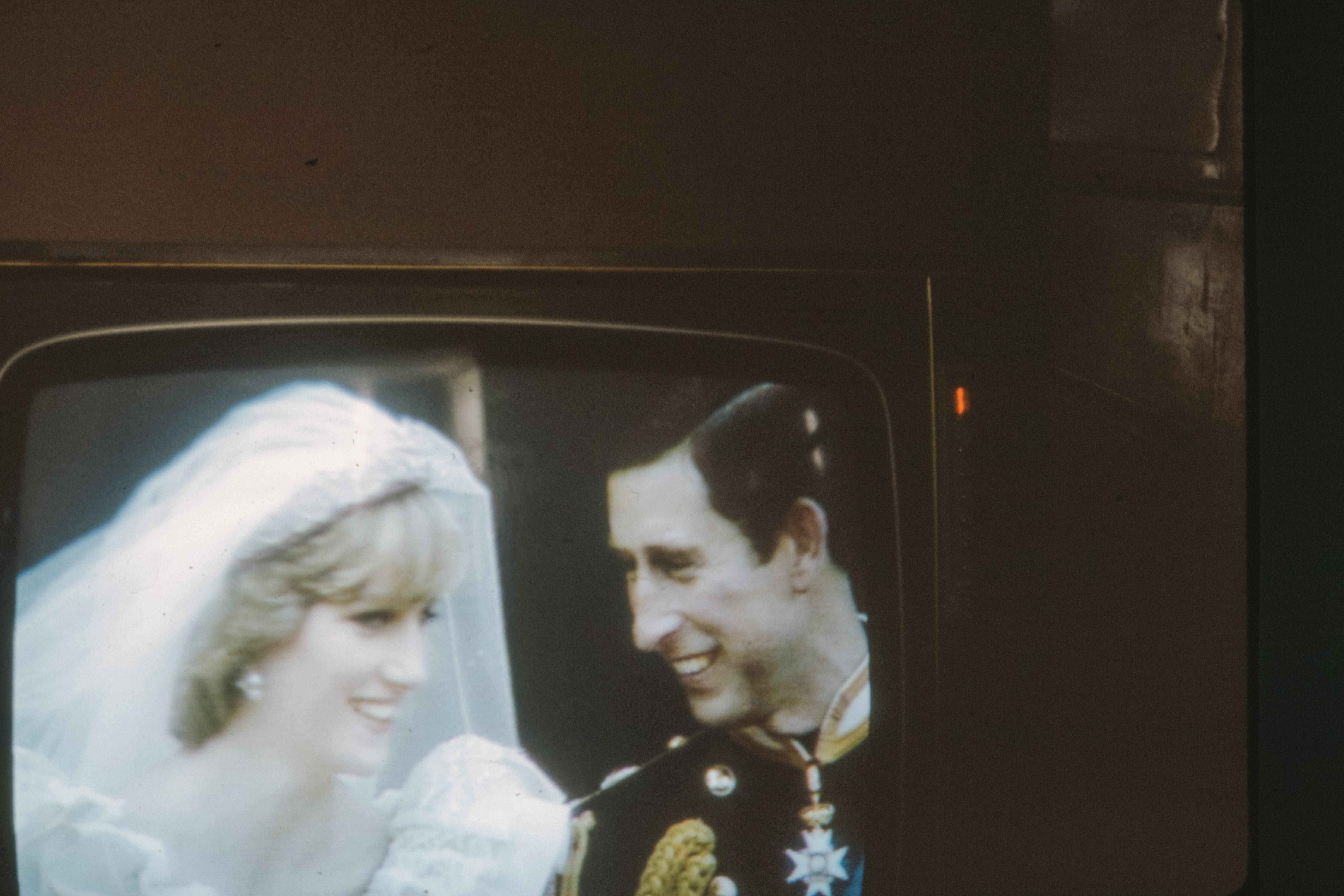In our collective conscious there is no one more enduring than Princess Diana. Since we were first introduced to her back in 1981, when she was engaged to the Prince of Wales, she has managed to stay the topic of conversation even after her death in 1997.
When people discuss Lady Di, there is a certain kind of fondness only reserved for friends or departed family members.
Through her style, openness, and humanitarian efforts, she captured people's hearts and truly became the People's Princess. But what is it about her that has us still talking about her so many years later? Is Di-mania still an acceptable term to use? That question could be found in the Princess's personal life as well as in her public life.
For those of you who are unfamiliar with Diana's beginnings, let me give you a quick crash course. Diana was born Diana Frances Spencer on July 1st, 1961 to John Spencer, the 8th Earl of Spencer, and Frances Spencer, Viscountess Althorp. Diana said she had a very unhappy childhood as her parents had divorced and her mother was forbidden from seeing her. When she turned 14, she inherited the title of Lady and became Lady Diana Spencer from then on. At 18, she moved to London and took various odd jobs as a dance instructor, cleaning lady, nanny, and later a pre-school assistant. She originally met Prince Charles when she was 16 as her sister, Lady Sarah, had been dating him at the time, but she met him again in 1980 when she was 18. The two would become engaged on February 6th, 1981 and married later that year on July 29th with 750 million people watching on television and another 600,000 spectators watching along The Mall. For Diana, this was only the beginning of her popularity.
I believe that Diana was popular due to her being a breath of fresh air in the struggling UK.
Unemployment was on the rise and political and social unrest was threatening to tear the fabric of the commonwealth apart. However, Diana's openness and warmth made people feel comforted. She was unlike her cold and distant relatives who seemed uninterested in the travails of their subjects. Diana was willing to go out and meet people, speak with them, and get to know them on a personal level. She famously didn't wear gloves when shaking people's hands so that she could always feel more warm and approachable. That also came into play when she famously shook hands with an AIDS patient in 1987 while opening an AIDS ward at Middlesex Hospital, thus challenging the stigma about AIDS at the height of the crisis. She was so humble in her approach to everything, never using her title or status to get ahead of anything in life.
After her separation from Charles in 1992 (their divorce would be finalized in 1996), Diana took on the world by herself and on her own accord, cementing her status as a beloved cultural icon.
She continued her work with HIV/AIDS and continued to work on causes related to the welfare of children. Diana truly was the Queen of Hearts, becoming even more popular after her separation, as well as being dubbed the world's most photographed woman. Sadly, Diana would die tragically in a car accident in 1997, but she left behind a legacy that would forever touch people's hearts. The world mourned for Diana and felt as if they lost a close friend or relative from their lives.
So, why does Diana endure?
Thanks to numerous books, television specials, and film projects, Diana's life and work was able to be introduced to new generations of admirers. Season four of The Crown, which features Emma Corrin as a young Diana, brought renewed interest to Diana's story for a younger generation. Even Diana's early "Sloane Ranger" style has become the latest trend. She continues to endure because she made herself accessible to others. She continues to endure because she was open about her struggles with depression and eating disorders. She continues to endure because she wasn't afraid of a little hard work and truly wanted to use her privilege to make a better world.
Diana was truly the jewel in the world's crown.






 The minimum wage is not a living wage.
StableDiffusion
The minimum wage is not a living wage.
StableDiffusion
 influential nations
StableDiffusion
influential nations
StableDiffusion












